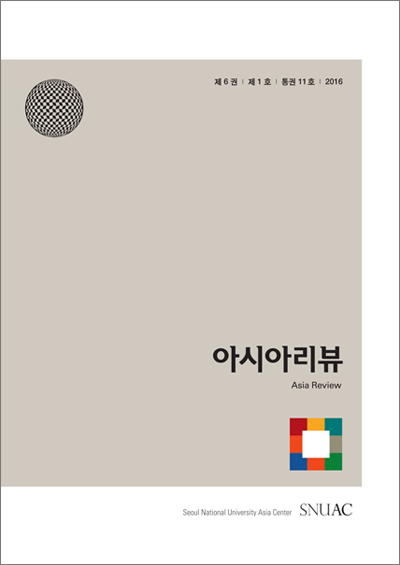Spatial economic structures in South and Southeast Asia have changed dramatically since 1945. Independence meant a new phase where nation[1]building and economic growth became important imperatives. While former colonial nodes such as Singapore and Calcutta experienced urban expansion, new cities were also planned and built (Ortega et al., 2015; Padawangi, 2019). The latest new project is the envisaged new capital of Indonesia in Kalimantan. Meanwhile, rural areas also transformed. Self-sufficiency in rice became imperative and later also the cultivation of cash crops such as rubber, palm oil, sugarcane, tea, coffee, and spices.
This article delves into the effects of the continuing structural economic transformation on the economic and development geography of Southeast Asia. From a positive point of view, it is possible to distinguish process such as the economic geographical transformation from agriculture to manufacturing to services, from poverty to middle class, from rural villages to fancy condominiums, and from helpless farmers and fishers to actively participating citizens. However, viewing trends and patterns through a more pessimistic lens, one could also argue that Southeast Asian nations merely experienced circular rural-urban migration, the formation of huge slums, urban underemployment, increasing inequalities, and moral politics (Walker, 2008; Rigg, 2012, 2019; Kusaka, 2017; Albert et al., 2018). This article seeks to discuss the relationships between these positive and negative processes and possible rural futures. Obviously, the Covid-19 has added a complex, variegated layer of complexity to rural Southeast Asia.
The empirical inquiry in this article is based on semi-structured interviews with 240 respondents, conducted in Southern Thailand and Northern Vietnam. Three questions are addressed here: To what extent does the shift from agriculture and fisheries to manufacturing and services not only contribute to urban economic growth, but also to rural poverty reduction? What has the Covid-19 pandemic in 2020 revealed for achieving decent living standards? And in light of these two questions, how could Southeast Asian rural areas look like in the future? Before analyzing the empirical results, this article provides a brief overview of spatial-economic transformation in Southeast Asia, employed methodology, and introduction to the research areas. The article ends with implications for possible rural futures.

